Trying to perform a clean removal of ExpressVPN? But how to get rid of the items left after the standard uninstall? If you get lost in deleting all components of ExpressVPN, we suggest you to read through this post to get the uninstall tricks.

First of all, to remove ExpressVPN from your Mac you need to make sure the app is deactivated. To quit the running ExpressVPN, right click on its icon appearing in the upper right corner of the screen, and choose Quit ExpressVPN from the drop-down menu. Meanwhile, you can launch Activity Monitor to locate the process with the name of ExpressVPN running on the background , then click the X icon on the upper left corner of the window, and click Quit button in the pop-up confirmation dialog.
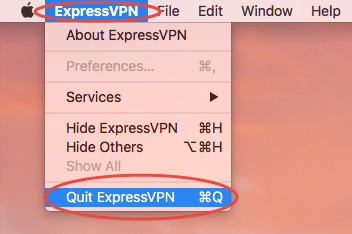
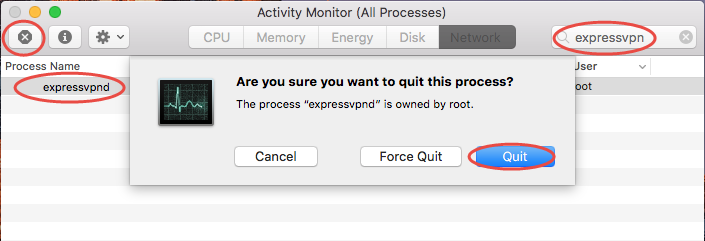
After that, it is time to carry out the uninstall. There are multiple ways of deleting ExpressVPN from your Mac. We will list all of them one by one based on difficulty.
Osx Uninstaller is a lightweight yet powerful uninstall tool designed for Mac users and optimized for the latest version of macOS. You can get the installation file here.
With Osx Uninstaller, you are able to make a few clicks to remove ExpressVPN:

You will be informed that all components of ExpressVPN have been totally removed, and then you can click Back to Interface button to re-scan your Mac for installed apps.
For most third-party apps, you can choose the standard trash-to-delete option to get them uninstalled. Here are the steps to delete ExpressVPN in Applications folder:
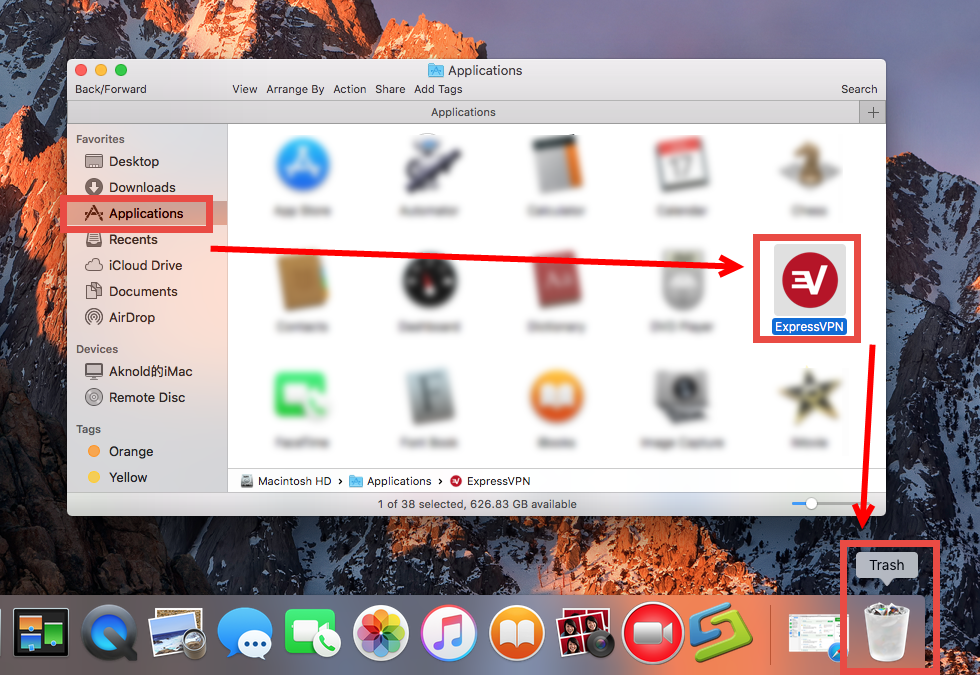
That’s the standard procedure to uninstall apps on Mac, and it is not hard to complete.
Apart from the aforementioned options, experienced users can utilize the Terminal tool to uninstall ExpressVPN, but the process may not be so friendly to beginners.
This Terminal command activates the uninstall script stored inside ExpressVPN app.
So that’s how you can uninstall ExpressVPN by different methods. As for the possible leftovers it creates on system, you can follow the steps in this post to delete them all.

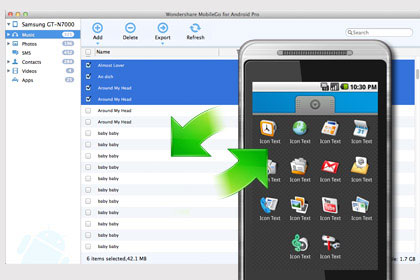
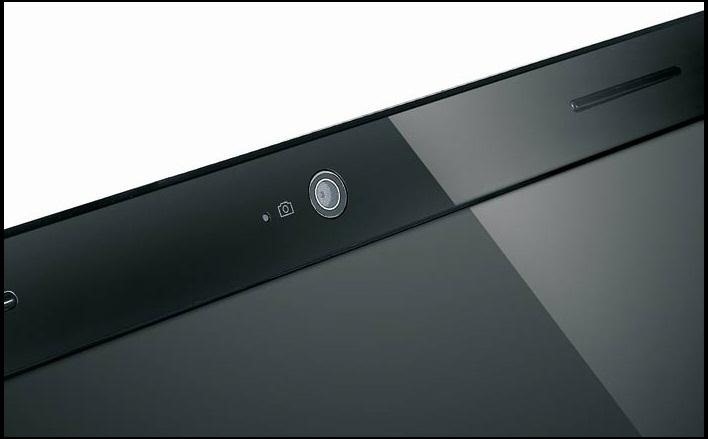
Comments
Leave a reply